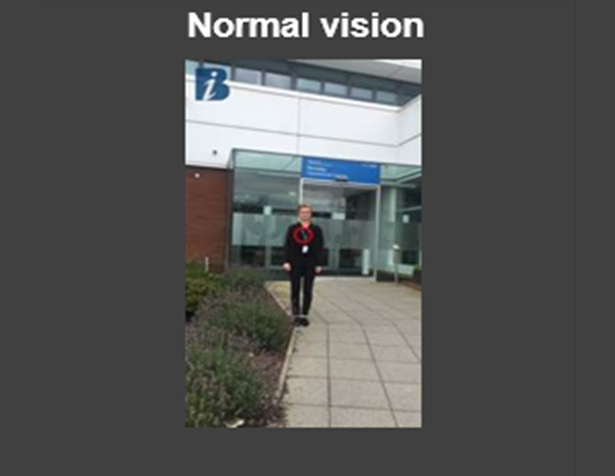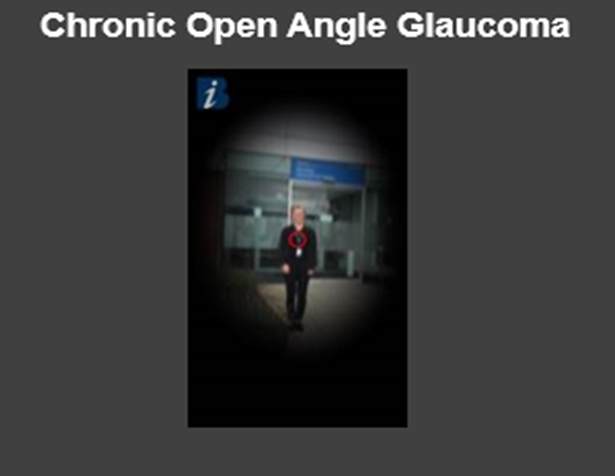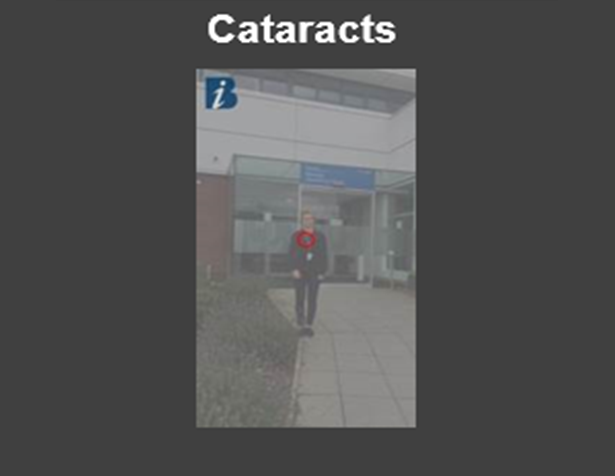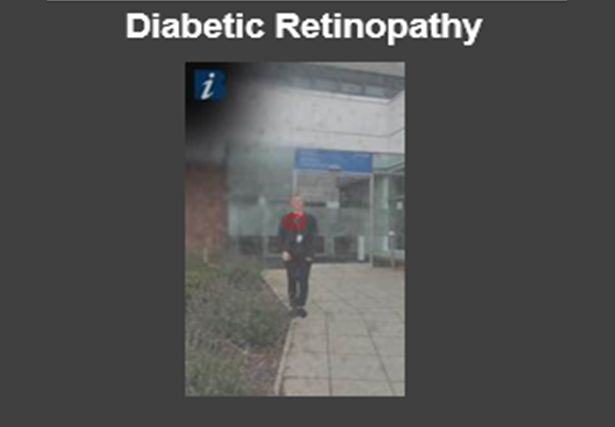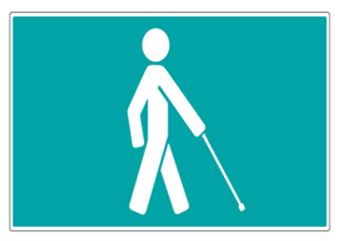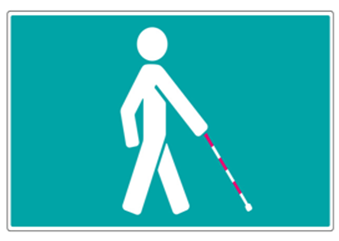This Guide takes you through how we should be working to help people who have a visual impairment.
Visual impairment refers to a loss of vision that can’t be corrected to normal vision, even when the person wears eyeglasses or contact lenses.
Glasses and assistive devices may help, or a person may have a Guide Dog, but visual impairment makes it harder to navigate an unusual or unexpected environment.
People who are visually impaired may:
- Not see our site at all.
- Find it hard to understand what’s expected of them on a site.
- Be unable to use our diversion routes easily.
- Need support to navigate a site safely.
- Need consideration for equipment or assistance – including a dog.
It’s helpful to know some visually impaired people use canes to help them navigate, and that these canes have different meanings.

Symbol cane
To say you have low but useful vision
You hold the symbol cane in front of you to let people around you know that you're partially sighted. It's particularly useful in busy places.

Guide cane
To find obstacles before they find you!
You hold a guide cane diagonally across your body and then use it to find obstacles in front of you such as kerbs or steps
Further guidance
Please select from the following options the current status of your works to see further guidance of supporting vulnerable road users on this topic:

